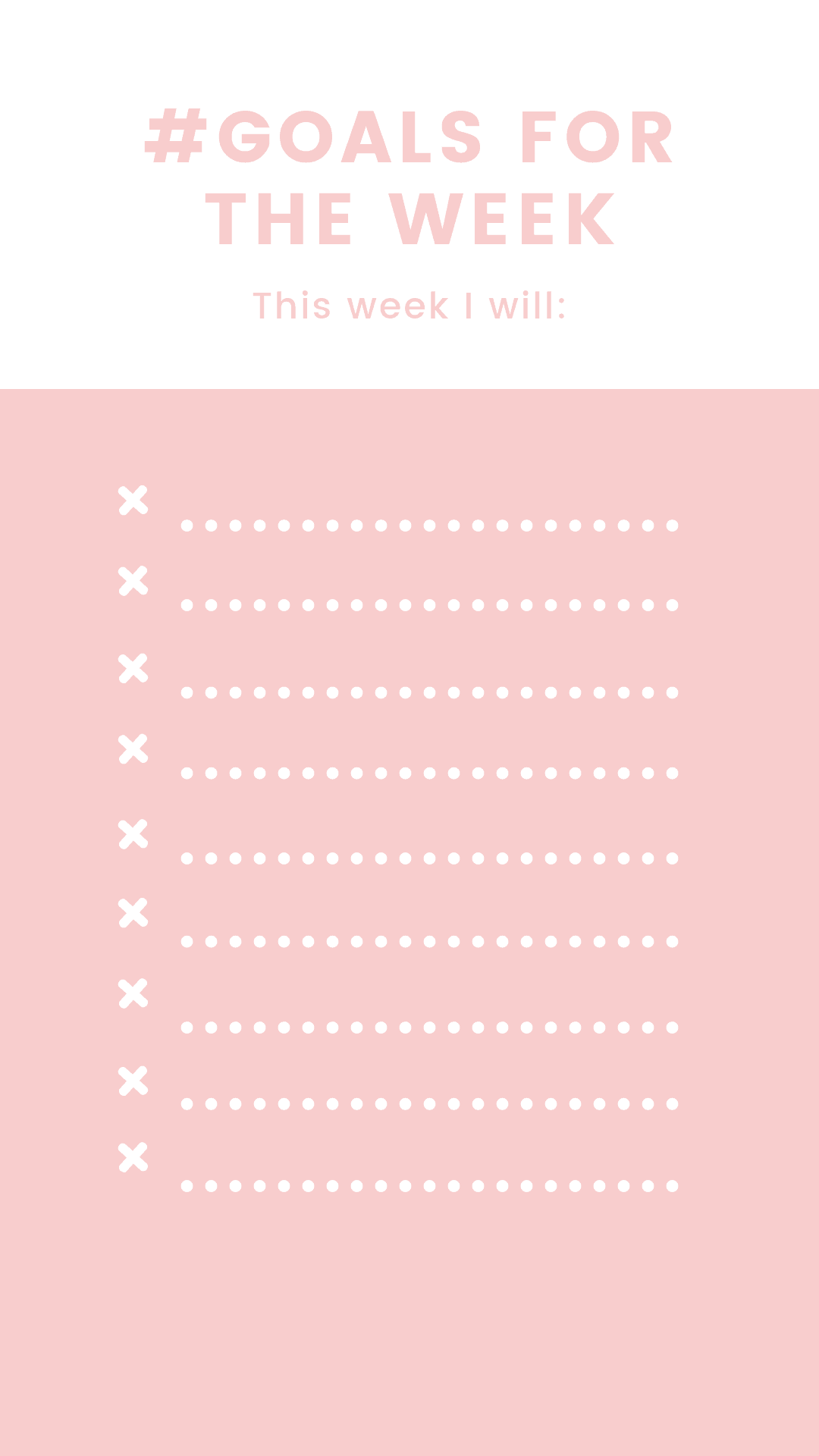
It is terrible to feel like you’ve failed. Sometimes you blame yourself, allowing feelings of self-loathing to wash over you while you agonize over what you’ve done wrong, what you could have done better, what you should have been able to accomplish. Sometimes you know it’s not your fault, and you rail against someone else — or something else — in a desperate attempt to feel better through blame, all the while feeling angry bile rise inside of you.
Whichever of these paths you choose in a particular instance, you are guaranteed to feel even worse. Failure feels like the end of something, and a bad one at that. It’s natural to feel badly about it. But if you allow yourself to engage in feelings of blame — either towards yourself or someone else — you are bound to feel even worse.
Forgiveness, love, and the knowledge that failure is only failure if you don’t learn from it, is the only recipe for moving through it — and indeed rising above it. Forgiving yourself and others for mistakes made isn’t the same as giving a free pass. Loving yourself and others for errors made isn’t the same as loving the error itself. And learning from your mistakes is certainly not the same as dwelling on them.
When we allow ourselves to see fully whatever failure we perceive to have had, we can recognise that it’s not the end of the story — it’s just a setback in the larger narrative. And there is so much power to be found in setbacks.
Frankly, setbacks are character-building. When we genuinely believe we did everything ‘right’ in a particular situation, we have to make the conscious choice to see the upside of the downside. In these scenarios, allow yourself to be grateful for the gift of the lesson — that you don’t always get what you want just because you technically did everything that was required of you. When we know we didn’t do everything ‘right,’ we have still have to make the conscious (albeit painful) choice to see the upside of the downside. In these scenarios, allow yourself to be grateful for the gift of that lesson, too — that you know how to do it right next time.
While no one wishes for setbacks, we do grow because of them — or at least we can if we allow ourselves to. We become stronger, wiser, more thorough versions of ourselves. And there’s our power.


